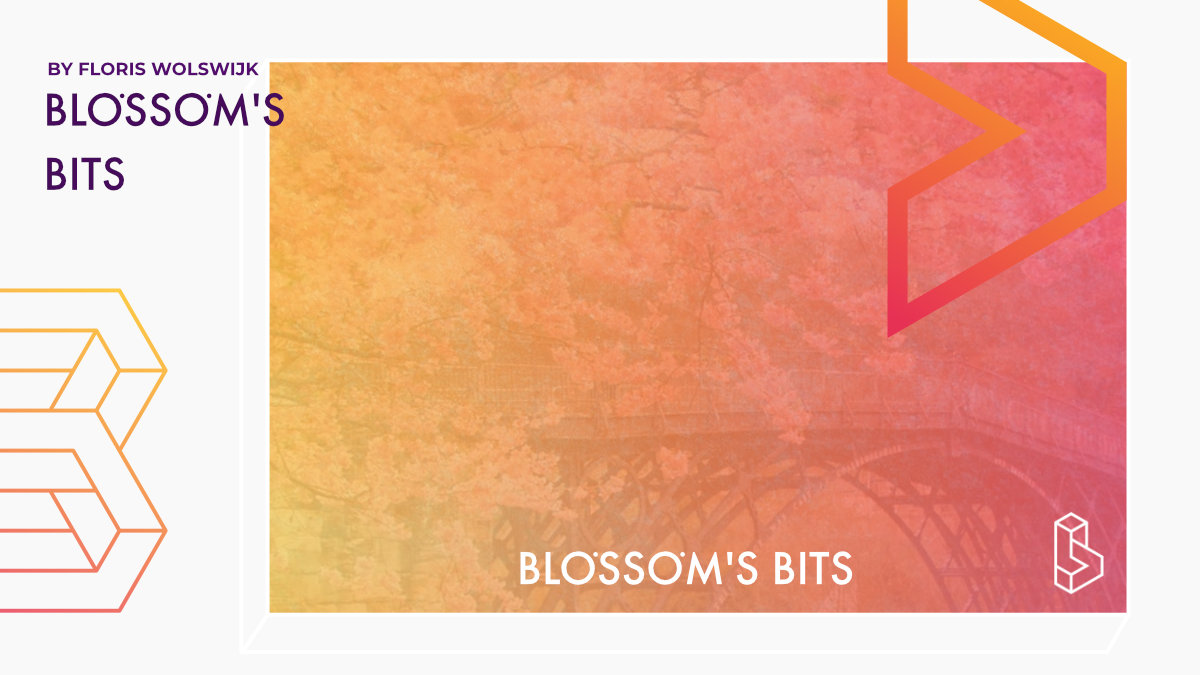Looking inside the brain may help us understand how and why psychedelics work.
How psychedelics work to alleviate suffering, both acutely and in the months after the acute experience – is still a big open question. Novel technology may help provide us with more data on this quest. They may make it cheaper, provide longitudinal data, or provide acute feedback during a trip.
New technology, such as Kernel – discussed below – may open up new possibilities for psychedelic research & its eventual implementation in healthcare.
Current methods, such as fMRI, have drawbacks that include; the need for high-tech (and often costly) equipment and patients much also lie still for some time to get a clear signal – something that can be difficult after being given a psychedelic.
Founded by Bryan Johnson, Kernel is a neurotech company looking to make neuroimaging mainstream. Their team of engineers, neuroscientists and physicists have created Flow – the latest non-invasive neuroimaging technique.
𝗪𝗵𝗮𝘁 𝗶𝘀 𝗙𝗹𝗼𝘄?
Flow is a full-coverage, optical headset that can be used in nearly any environment to record blood flow in the brain, helping researchers establish precise patterns of brain activity.
The headset leverages time-domain functional near-infrared spectroscopy (TD-fNIRS) technology – a common technique, but its use can be limited by its form. The headset design and no wires mean that Flow can be used in different environments and can image the brain while the wearer is on the move.
Researchers found that the Flow system produced high-quality recordings – matching conventional TD-fNIRS systems – when testing it out
𝗞𝗲𝗿𝗻𝗲𝗹 & 𝗖𝘆𝗯𝗶𝗻 𝗰𝗼𝗼𝗽𝗲𝗿𝗮𝘁𝗲 𝗼𝗻 𝘂𝘀𝗶𝗻𝗴 𝗙𝗹𝗼𝘄 𝘄𝗶𝘁𝗵 𝗸𝗲𝘁𝗮𝗺𝗶𝗻𝗲
Kernel & Cybin cooperate on using Flow with ketamine
The two companies have been working together on a study using Flow to image the brain of one person who had been administered ketamine.
They have just released some preliminary data from this pilot study – and – it’s positive. The changes in functional connectivity recorded by Flow were consistent with the current scientific research exploring the effects of ketamine on the brain.
While it is too early to tell just how adequate Flow is at measuring brain activity, the findings are nonetheless intriguing. The possibility of being able to image the brain without being confined to a lab or hospital is indeed something exciting for psychedelic researchers. Soon, we might be able to see just how important the setting is to the experience.
We’re looking forward to Ryan Field of Kernel’s presenting the rest of the results at the PSYCH Symposium tomorrow in London.
Become a psychedelic insider
Get a Pro Membership to enjoy these benefits & support Blossom📈 full reports on Topics & Compounds
🧵 full summary reviews of research papers
🚀 full access to new articles
See Memberships

